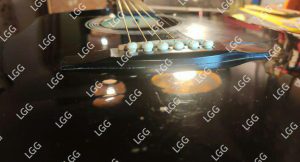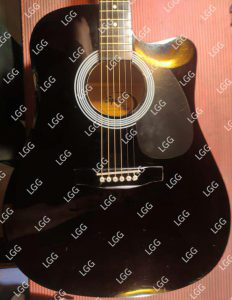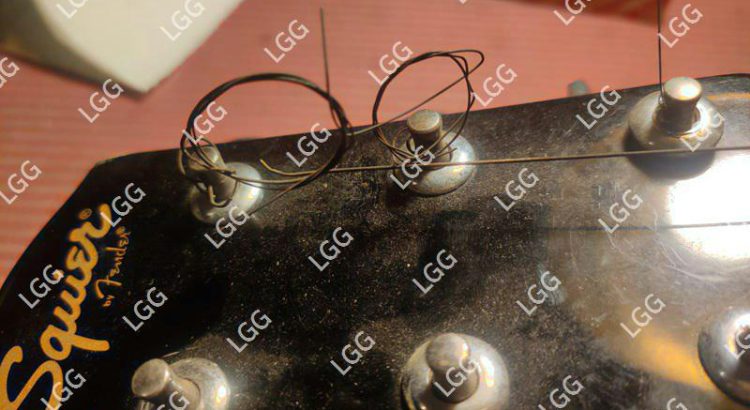I have often commented on the strange coincidence that similar instruments or those with similar problems seemingly find their way onto my workbench. If you’ve been a regular reader of my posts, this is the third consecutive black dreadnought to stumble into the Lucknow Guitar Garage, and who’s to know that there are no more to follow???!!!
This Squier came to me with its bridge having lifted enough to park a few trucks in the shade!
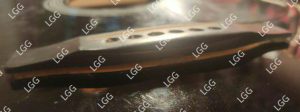
That was the problem but what caught my eye immediately, was the ‘modern art’ on the headstock of the guitar. The extra length of the strings had all been twisted into circles at each of the posts. I saw it and now I can’t unsee it!!
So, here goes my why-not-to-do-it explanation and a rant to boot!
The manufacturer (in his goodness) provides strings of a certain length. He does not know what type of a guitar you possess. Maybe you’re a jazz music enthusiast and have an archtop, endpin-type string restrain with a floating bridge.
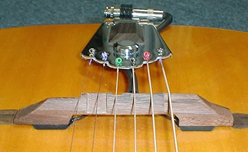
This type of guitar takes up much more string length than your regular flattop guitar. This does not mean that because the manufacturer has given you that much string, you HAVE to use up every micro millimetre of it even if you own a flattop! Realise that you are at complete liberty to snip off whatever falls beyond the post!
Your twisting and turning the extra length into various shapes (modern art), only does one thing: creates a string buzz that I’ll be damned if you can make out where it’s coming from. I think ‘experts’ call it a sympathetic vibration.
In any case, if you think your headstock is looking pretty, it does not (not at least to my eyes).
Anyway, getting back to the guitar on my workbench, I did don surgical gloves before I touched the strings – or anything on it. Those were probably the crustiest strings I had laid eyes on.
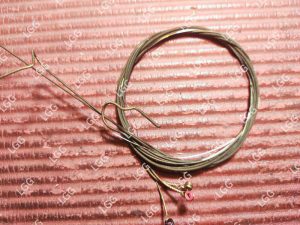
Work began with marking the bridge outline on the top, taking it off, cleaning its underside and its footprint on the top.
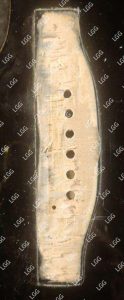
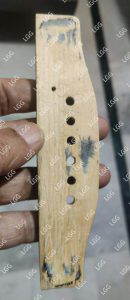
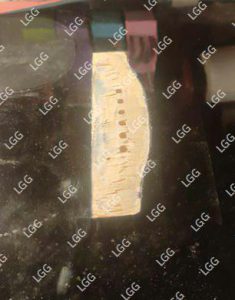
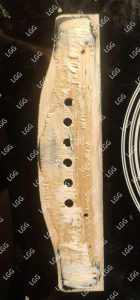
Once that was done, it was time to reglue the bridge. Now, this was the time when the rain was beating down, thick and fast and there was excessive amounts of moisture in the air. One had to be careful to give the glue enough time to cure.
Glue was liberally applied to both surfaces and then they were clamped together
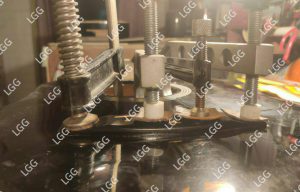
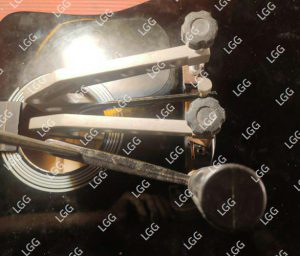
This arrangement was left undisturbed for three days.
However, in those three days, other areas of the guitar were paid attention to – areas that needed attention direly.
The headstock, tuning machines were cleaned and burnished.
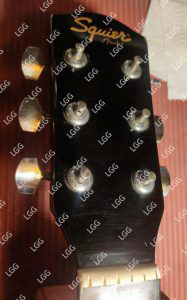
The fretboard was cleaned and oiled. The fretwires were cleaned and polished
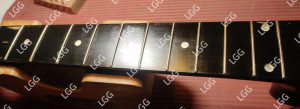
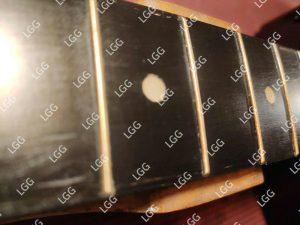
And then when the clamps came off, I gave the entire guitar body a proper bath and then a polish. Thankfully, all the crud deposited on the body came off and the guitar shone like new!
Then, I let the guitar rest for a full day before throwing on strings.
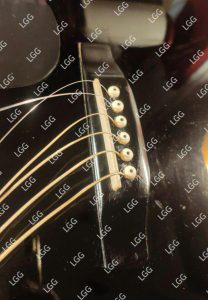
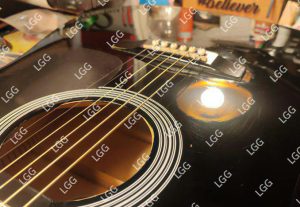
Meanwhile at the headstock end, things looked like this
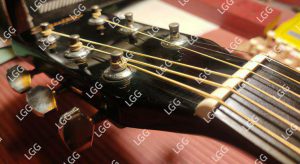
I’ll leave you to it with these last two photographs
